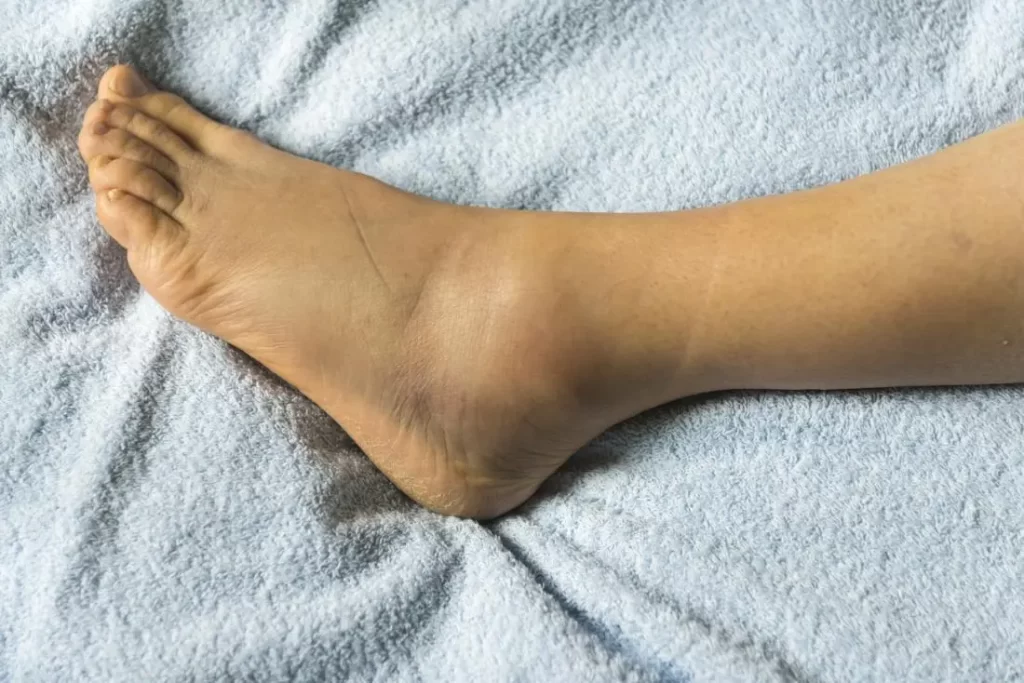5 Common Causes of Leg Swelling

Leg swelling, also known as edema, is a common and often benign condition. Warner Robins leg swelling occurs when fluid builds up in the tissues of the leg, causing it to feel heavy, tight, and uncomfortable. Leg swelling can sometimes signify a more serious underlying medical condition. Here are the potential causes of leg swelling.
1. Venous insufficiency
Venous insufficiency is a condition in which the veins cannot properly pump blood back to the heart. This can cause fluid to build up in the legs and lead to swelling. Venous insufficiency is often associated with varicose veins and can be caused by several factors, including obesity, pregnancy, and standing for long periods.
2. Lymphedema
Lymphedema is a condition in which excess fluid accumulates in the body’s tissues due to a problem with the lymphatic system. The lymphatic system is a network of vessels and glands that helps to drain excess fluid and waste products from the body. Lymphedema can occur in any part of the body, but it is most common in the arms and legs. Symptoms of lymphedema include swelling, heaviness, and a feeling of tightness in the affected limb. Lymphedema treatment options may include manual lymphatic drainage, compression therapy, and exercises to improve lymphatic function.
3. Deep vein thrombosis (DVT)
Deep vein thrombosis is when a blood clot forms in a deep vein, typically in the leg. DVT can cause leg swelling, pain, and tenderness in the affected area. Other symptoms of DVT may include warmth, redness, and a feeling of heaviness in the leg. Treatment options for DVT may include medications to dissolve the blood clot and prevent further clots from forming and procedures to remove the clot or improve blood flow. If left untreated, DVT can lead to serious complications such as pulmonary embolism, which can be life-threatening.
4. Heart failure
Heart failure occurs when the heart is unable to pump enough blood to meet the needs of the body. This can lead to fluid accumulation in the legs and other areas of the body, such as the lungs and abdomen. Symptoms of heart failure may include shortness of breath, fatigue, and swollen ankles and legs. Treatment options for heart failure may include medications to improve heart function and reduce fluid accumulation and lifestyle changes such as diet and exercise.
5. Kidney disease
Kidney disease is a condition in which the kidneys are damaged or unable to function properly. This can lead to a build-up of waste products in the body, including excess fluid, which can cause leg swelling. Symptoms of kidney disease may include fatigue, nausea, and changes in urine output. Treatment options for kidney disease may include medications, lifestyle changes, and dialysis or a kidney transplant.
Leg swelling can be a bothersome and even painful condition, but it is often easily treatable. In most cases, leg swelling can be relieved through simple measures such as elevating the legs, wearing compression stockings, and exercising regularly. However, if the swelling is accompanied by other symptoms or persists despite these measures, it is important to see a doctor for further evaluation and treatment.
Call Middle Georgia Vascular Surgery Center & Vein Solutions to book your appointment for swelling leg treatment.

